We often hear about large businesses that get into trouble, a bad quarter, a bad year, downsizing, poor sales and so it goes… We then get a chance to be armchair critics, Monday Morning Quarterbacks, to throw rocks from afar. We then level, our sometimes informed and sometimes ill-informed, critiques at leadership performance.
- Heads in the sand (the Ostrich approach)
- Asleep at the wheel
- How could they miss that?
- Incompetent
The reality is that there are often complex reasons why companies on the surface apparently fail to act quickly enough. That said, there are many that don’t act strategically enough nor fast enough, despite the complex situations, when external change alters their market. There are multiple failure modes for companies and just as many ways for those failure modes to be mitigated via appropriate action.
The three areas that failure modes can develop are from the (1) Market, (longer term permanent trends or short term cyclical shocks) – think on-line purchasing versus a mining downturn; (2) from Customers (customer failure, trends impacting customer’ purchasing, internal changes, customer loss, customers’ needs changing) and (3) from poor Company performance (profitability, productivity, poor service/delivery, lack of good leadership etc)
When a “disrupter” (a new successful entrant with a different approach to the incumbents) enters a market, they are creating or responding to market change. This can be the catalyst for a failure mode relating to Market.
If poor, terrible or ultimately terminal performance ensues, our commentary about those fateful executives who couldn’t steer the ship away from the rocks frequently lacks depth.
There are often circumstances like entrenched Business Models of traditional assets and cultures in a company that are very difficult for anyone to move. Take for example, online book retailing. When books started to sell over the internet the existing Australian book retailers had the legacy and cost of an infrastructure of bookshops. Amazon didn’t. Iconic Australian names like Angus and Robertson (1886-2011) and Collins Booksellers (1922-2005) have passed through Administration as they adapted to a New World. Just as king tides occur during cyclones and storms these changes often represent 50 or 100 year change peaks in a company’s lifecycle. To say that the book retailers failed to notice the shift to on-line book retailing or treat it seriously is simplistic at best. That’s a bit like saying Telstra didn’t notice the decline in its landlines or Australia Post isn’t aware of the terminal shrinking of posted letters. What could they DO about it is the question? As many market shifts are navigated poorly, what options are available to leaders when faced with their king tides of change?
Company Models
A company’s Business Model (for example being a manufacturer, a store retailer, a distributor) can be tough to change quickly as sunk costs (never a basis for good decision making) and switching costs are usually high which influences internal company appetite for change. Alternatively, Revenue Models can be altered without much work – take the threat, for example, that the Xero accounting system has posed to MYOB. MYOB has responded to the threat not by a change of business model (they are still both fundamentally software “manufacturers”) but MYOB now has an online subscription option for its on-line cloud product launched in response to Xero. Rather than selling licenses as before, it has changed its revenue model. Xero’s entry also innovated the prevailing Market Model (the way a company structures and communicates its offer) by targeting and incentivising (via ongoing commissions) Accountants and Bookkeepers to adopt Xero by choice. This essentially created a new distribution channel for Xero. Lastly Xero’s Differentiation Model was built around user experience. Unlimited support, great web based resources, intuitive, easy navigation and automatic bank feeds taking time and money out of “getting the books done”. They beat MYOB at their own game. To MYOB’s credit they responded quickly with an on-line product but there is a strong feeling the ship may have sailed as Xero now has about 3-4 times as many on-line subscribers as MYOB and growing at twice the clip.
It is essential that companies constantly assess change to their markets in the context of the four Company Models that make up your business.
At some point MYOB (the SUMO in the market) could perhaps have been more proactive in recognising the shift to cloud based computing, launched earlier and more effectively dealt with the new Ninja on the block by sitting on them while they were still a small start-up Ninja.
There is a constant need for large companies to launch commando boats off from the mothership, boats that chart the new waters of change and opportunity, based around changes to some of the Company Models above. These strategic quests are tests, exploratory expeditions into the emerging and unknown so that the disrupters don’t get first mover advantage all the time. With legacy business models that don’t move quickly and scale of assets comes less Ninja and more Sumo.
References:
Business Insider Australia, ALEX HEBER APR 10 201, The cloud accounting supremacy war in Australia
AFR, Feb 9 2015, Xero’s Drury pours scorn on MYOB figures ahead of expected IPO



Comments are closed.